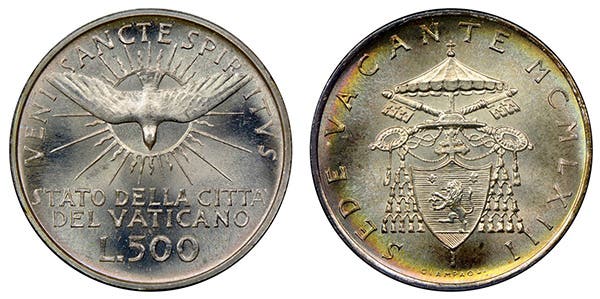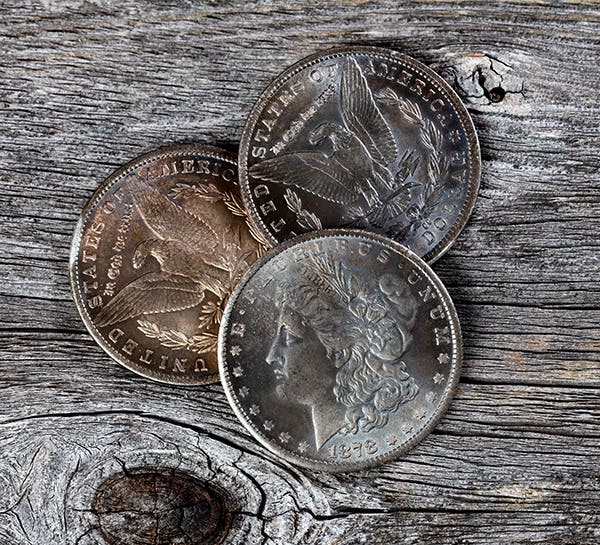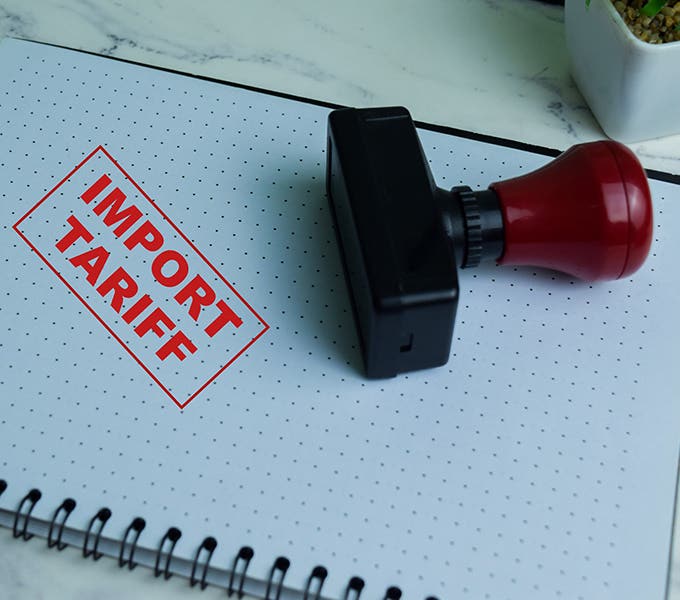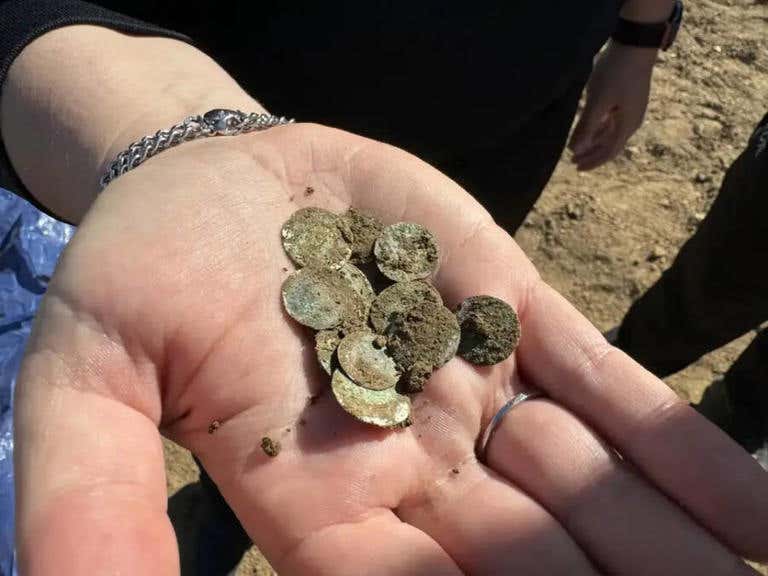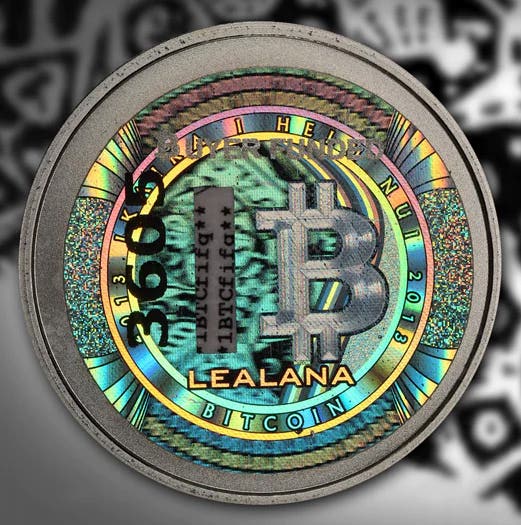20-cent piece was bad idea all around
The 1876-CC 20-cent piece may not get the attention it deserves simply because it is a 20-cent piece and almost 135 years after it was discontinued, some are still trying desperately to forget the experience.
The 1876-CC 20-cent piece may not get the attention it deserves simply because it is a 20-cent piece and almost 135 years after it was discontinued, some are still trying desperately to forget the experience.
The 20-cent piece must have been one of those truly stupid ideas that somehow looked better at the time. Had there been some need that the 20-cent piece could have filled that two dimes couldn’t, it would be much more understandable.
A reason for making 20-cent pieces was just to use up an excess silver supply. Why you would pick a relatively small coin to do it is another matter. If you really wanted to use silver, you could have made a $2 silver coin or some other thing.
Anyway, I was not around to point out these things back in the 1870s and they probably would not have listened anyway. They went ahead with the 20-cent piece, which immediately ran into trouble as it was confused with the quarter. What a surprise.
It had a Seated Liberty design just like the quarter but, with a diameter of 22 millimeters, was 2.3 millimeters smaller than the quarter. The edge had no reeding on it.
My $2 coin idea would have resulted in a coin the size of a rock. This would not have been confused with anything except perhaps a baseball.
There is reason to suspect some did not believe the new denomination had a future. Philadelphia minted just 39,700 pieces in 1875. Carson City did make 133,290 in 1875, but that really only says they were slightly more optimistic than Philadelphia.
It tells you a lot if Carson City was not enthusiastic as less than 20 miles away was the heart of the Comstock Lode. It was that silver which was causing all the fuss as the Comstock Lode had so much silver in it, the price was going down.
The next year Carson City, while making nearly 5 million quarters, produced only 10,000 1876-CC 20-cent pieces. That was less than a ringing endorsement. Even worse is that we have a pretty good hunch that those 10,000 pieces were not even released into circulation. They appear to have sat in the vault waiting for a demand that never came.
It appears that the bulk of the 1876-CC 20-cent pieces was melted. We cannot be sure, but with 10,000 struck, had they been released, some quantity of them should have survived in circulated condition, but there is only one example that shows any wear.
In fact, there are barely any 1876-CC 20-cent pieces at all. Many of the ones there are traced to a hoard that Q. David Bowers describes in his book, American Coin Treasures and Hoards. Apparently they came from Baltimore dealer Tom Warfields in the 1950s. Placed at 7-9 in number, Bowers observed, “Each coin was a lustrous gem, delicately toned and virtually perfect.”
Where did the coins come from? Bowers suggests, “it is my opinion that these may have come from someone who once served on the Assay Commission which in 1877 reviewed the prior year’s coinage.”
That would make sense as the group is remarkable. Numismatic Guaranty Corp. has graded just five examples of the 1876-CC with two in MS-64 and two in MS-65. At the Professional Coin Grading Service, they have seen 12, with grades from MS-61 to MS-66. That means the grading services have never seen a circulated 1876-CC.
The general belief is there are no more than 20 examples known. The Eliasberg MS-65 brought $148,500 back in 1997 and with a number in higher grades, that is likely a minimum price.
How high the price might go is an interesting question. A price of $1 million for the finest is probably still many years in the future. We will just have to wait.
More Coin Collecting Resources:
• Subscribe to our Coin Price Guide, buy Coin Books & Coin Folders and join the NumisMaster VIP Program




